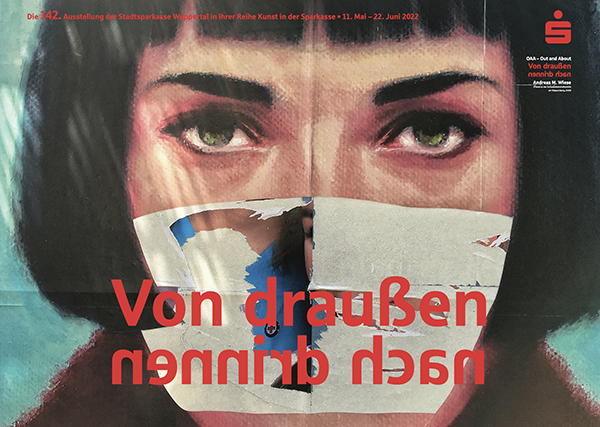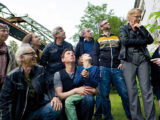Veranstaltung
11. May 2022 um 19:00
VON DRAUSSEN NACH DRINNEN
Einlass 19 Uhr
Glashalle am Johannisberg
Johannisberg 1
42103 Wuppertal
Es spricht Gunther Wölfges (Vorstandsvorsitzender der Stadtsparkasse Wuppertal)
Es singt der Kammerchor amici del canto unter der Leitung von Prof. Dennis Hansel-Dinar
Ausstellungsdauer: 11. Mai – 23. Juni 2022
Sonderöffnungszeiten am 19. Mai, 2. Juni, 9. Juni und 23. Juni
jeweils von 16.00 bis 18.00 Uhr, Eingang Glashalle, Johannisberg 1






























